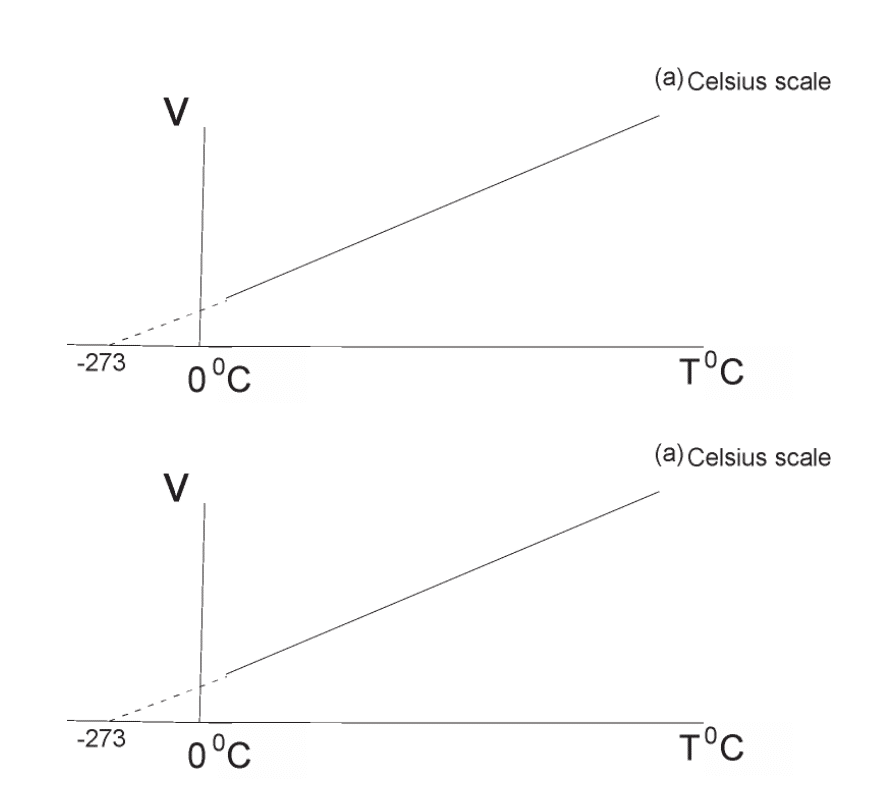Topic Content:
- Dalton’s Law of Partial Pressure
- Theory Questions and Answers
John Dalton, in his experiment and study of gases, observed that each gas in the mixture exerted its own pressure on the walls of the container as if no other gas was present in the container.
In 1801, his observation was put forward as Dalton’s Law of Partial Pressure which states that:
In a mixture of gases that do not react chemically together, the total pressure exerted by the mixture is equal to the sum of the partial pressures of the individual gases present in the mixture.
This implies that if gases A, B, C ….n are in a vessel, the total pressure, PT, exerted on the walls of the vessel can be determined as:
PT = PA + PB + PC = ………….Pn
You are viewing an excerpt of this Topic. Subscribe Now to get Full Access to ALL this Subject's Topics and Quizzes for this Term!
Click on the button "Subscribe Now" below for Full Access!
Subscribe Now
Note: If you have Already Subscribed and you are seeing this message, it means you are logged out. Please Log In using the Login Button Below to Carry on Studying!




Responses